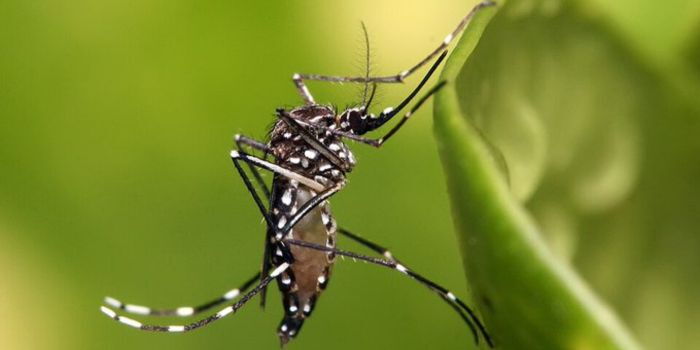Kenya's public health officials are on high alert after scientists confirmed the spread of Anopheles stephensis, an invasive mosquito species that can transmit Malaria in cities, across several counties.
Researchers warn this mosquito, which thrives in urban environments, could change how and where malaria spreads in the country.
The mosquito has been detected in Marsabit, Turkana, Mandera, Wajir, Isiolo, Samburu and Elgeyo Marakwet.
These areas have not been major malaria hotspots in the past, but the presence of this urban-friendly mosquito could increase infections among people who have not been regularly exposed to the disease.
“This invasive vector could pose a significant public health threat, particularly in urban and peri-urban areas of Kenya,” said Dr Eric Ochomo from the Kenya Medical Research Institute (KEMRI), who led the study.
Genetic tests show there have been multiple introductions of the mosquito into Kenya, rather than a single spread. Researchers found three unique genetic profiles among the 147 mosquito samples studied, with a strong resemblance to populations in southern Ethiopia.
"The genetic connectivity between Kenyan Anopheles stephensi and populations in neighbouring countries emphasises the need for coordinated, cross-border surveillance and control efforts," said Ochomo.
The mosquito's ability to breed in artificial water containers, such as tanks, construction sites, and tires, makes it dangerous in fast-growing cities where such environments are common.
This is in contrast to native mosquitoes that usually rely on rural natural water sources.
The World Health Organisation identified the species as a global threat in 2022, warning it could spread Plasmodium falciparum, the most deadly malaria parasite, and Plasmodium vivax.
The mosquito also shows resistance to every type of insecticide used against adult mosquitoes in East Africa.
Malaria is preventable and curable, but it remains a deadly disease.
According to the WHO, 263 million people got malaria in 2023, with 597,000 dying from it, mostly children under five in Africa.
Symptoms range from fever and chills to seizures and breathing difficulties in severe cases. Pregnant women, young children, travellers, and people with HIV are especially at risk.
As the mosquito expands into more counties, health authorities fear that urban residents may soon face the same malaria risks as those in rural areas.
The study urges national and regional collaboration to contain the species before it worsens the malaria burden in Kenya and across East Africa.

